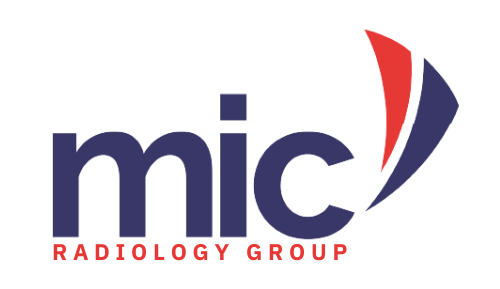Post Diagnosis
What is Benign Prostatic Hyperplasia?
Benign prostatic hyperplasia (BPH) is when the prostate and surrounding tissue expands, also referred to as an enlarged prostate. The prostate often gets bigger as you get older, and is known for causing urinary tract discomfort. Symptoms include the need to urinate frequently, or difficulty with emptying the bladder completely. At the MIC Radiology Group, we offer a procedure called Prostate Artery Embolisation (PAE), to effectively treat BPH without the need for invasive surgery.


